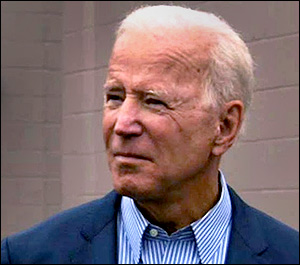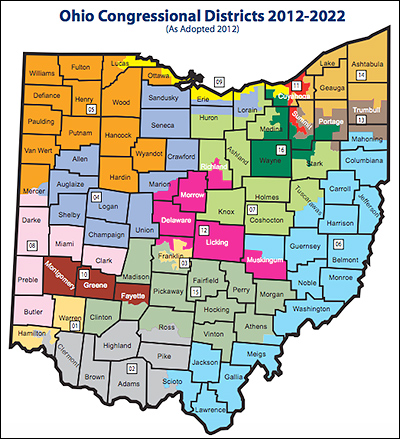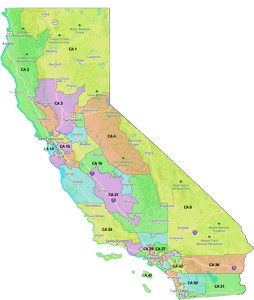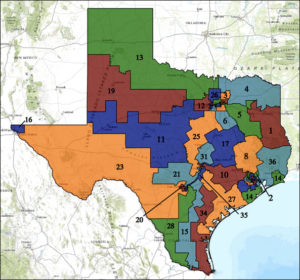By Jim Ellis
 March 19, 2020 — The COVID-19 virus is causing obvious problems worldwide, and it’s changing the United States’ electoral system. Several states all with primaries on or before June 23 have already moved their date or are discussing such an option.
March 19, 2020 — The COVID-19 virus is causing obvious problems worldwide, and it’s changing the United States’ electoral system. Several states all with primaries on or before June 23 have already moved their date or are discussing such an option.
First, a total of six states already have held primary events and three general election cards are set. On March 3, full state nominating elections were held in Alabama, Arkansas, California, North Carolina, and Texas. Illinois followed suit on March 17. Ohio was also supposed to also vote on March 17 but halted their election at the last minute and moved to June 2. Four of the six early voting states hold runoffs, and three will host some significant secondary nominating elections.
With a 30-percent runoff law, North Carolina only has one congressional finalist election, the open 11th District Republican battle between former Haywood County Republican Party chair Lynda Bennett and investor Madison Cawthorn. Texas has a 50 percent runoff law, and the state will feature a Democratic runoff in the Senate race along with five Democratic congressional runoffs and seven on the Republican side. Though Arkansas requires 50 percent to win a party nomination outright, no federal runoff elections are necessary. Therefore, we have full sets of general election nominees for all regular 2020 races in Arkansas, California, and Illinois.
News came from Alabama yesterday when Gov. Kay Ivey (R) announced that the state is transferring the March 31 runoff all the way to July 14. The significantly longer cycle will potentially change outcomes, the Senate race in particular.
As you will remember, former US Attorney General and ex-Alabama senator Jeff Sessions finished second in the March 3 primary, one point behind retired Auburn University head football coach Tommy Tuberville. Until yesterday, the two were heading for deciding the nomination at the end of the month. All polling was suggesting a Tuberville victory. Now, with almost four full months until the runoff, this contest has the potential of changing. Sessions will now have adequate time to alter his campaign message and has the opportunity to rebound and capture the nomination. The winner faces Sen. Doug Jones (D) in the general election.





 March 12, 2020 — We have now seen US Senate primaries occur in five states with another six completing the filing process. In 15 instances, we already have either the general election pairings officially or unofficially set, though the Massachusetts Democratic primary on Sept. 1 is effectively the only determinative election.
March 12, 2020 — We have now seen US Senate primaries occur in five states with another six completing the filing process. In 15 instances, we already have either the general election pairings officially or unofficially set, though the Massachusetts Democratic primary on Sept. 1 is effectively the only determinative election. March 11, 2020 — Former vice president Joe Biden expanded his lead for the Democratic presidential nomination, but he didn’t quite deliver the knockout blow that many predicted.
March 11, 2020 — Former vice president Joe Biden expanded his lead for the Democratic presidential nomination, but he didn’t quite deliver the knockout blow that many predicted.